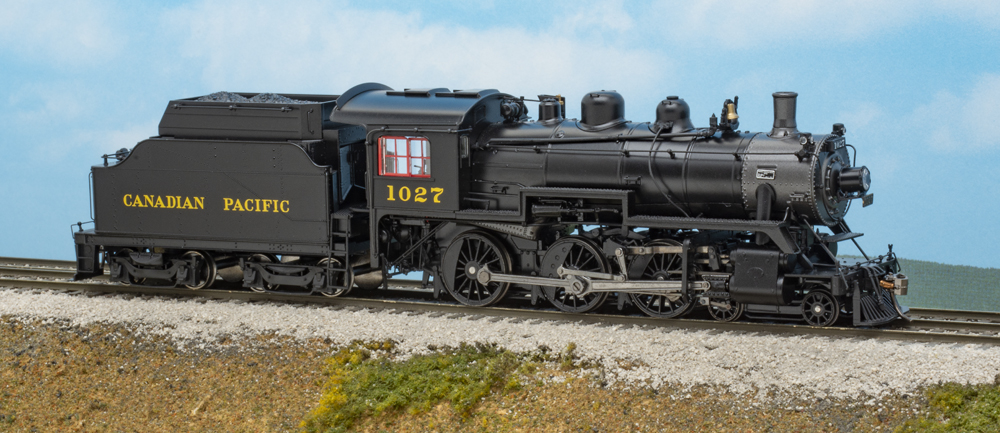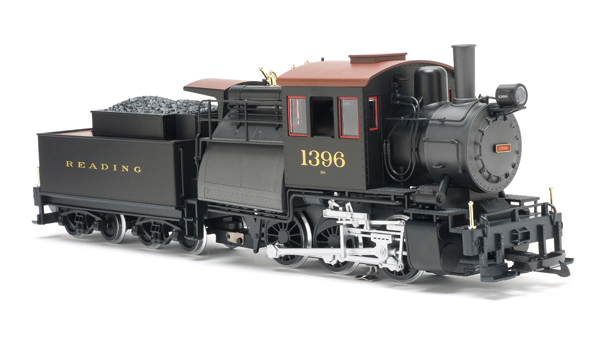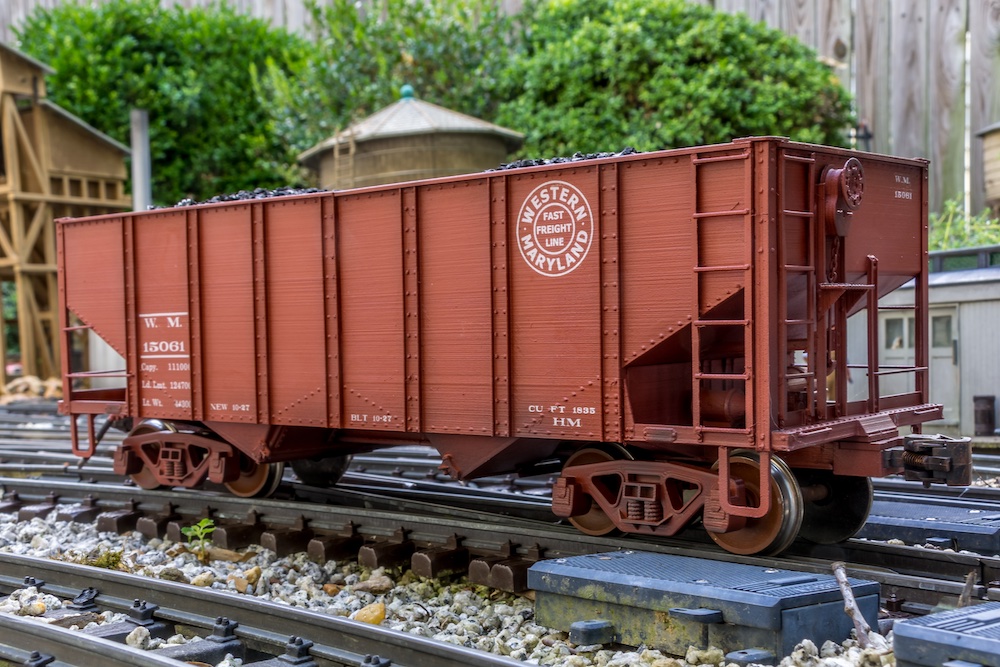
Q: Why are the flanges on model steam engine drive wheels so much larger than on the prototypes? Is it because the models don’t weigh very much? Or is it because they have to navigate tight curves? And do larger scales (like G scale and live-steam models) have flanges that are closer to the prototypes? — Nathan Penn
A: Most model steam and diesel locomotives have RP-25 flanges, a depth recommended by the National Model Railroad Association. This dimension has stood the test of time for decades as a good compromise between realistic appearance and reliable operation over a variety of track conditions. A few modelers have machined the flanges down to the prototype’s 1-inch depth, known as Proto:87, but this requires extreme attention to track alignment and gauge. There is an intermediate code 88 semi-scale wheel profile that some of us use on freight car wheels. I’ve found that cars so equipped work fine on my otherwise standard HO track, but no locomotives are available with semi-scale wheels.

Large scale models tend to have oversize flanges, probably because many of them are used outdoors where track is subjected to harsh weather conditions. Live-steam practices vary, but many adhere to prototype dimensions.
For more information on full-size steam locomotives, purchase a copy of Brian Solomon’s book How Steam Locomotives Work. Shop.Trains.com can also help if you’re looking for steam locomotive modeling projects. Detailing and Upgrading Steam Locomotives features tips on upgrading, detailing, modifying, and maintaining models.
Send us your questions
Have a question about full-size trains, model trains, or toy trains? Send it to AskTrains@Trains.com.













